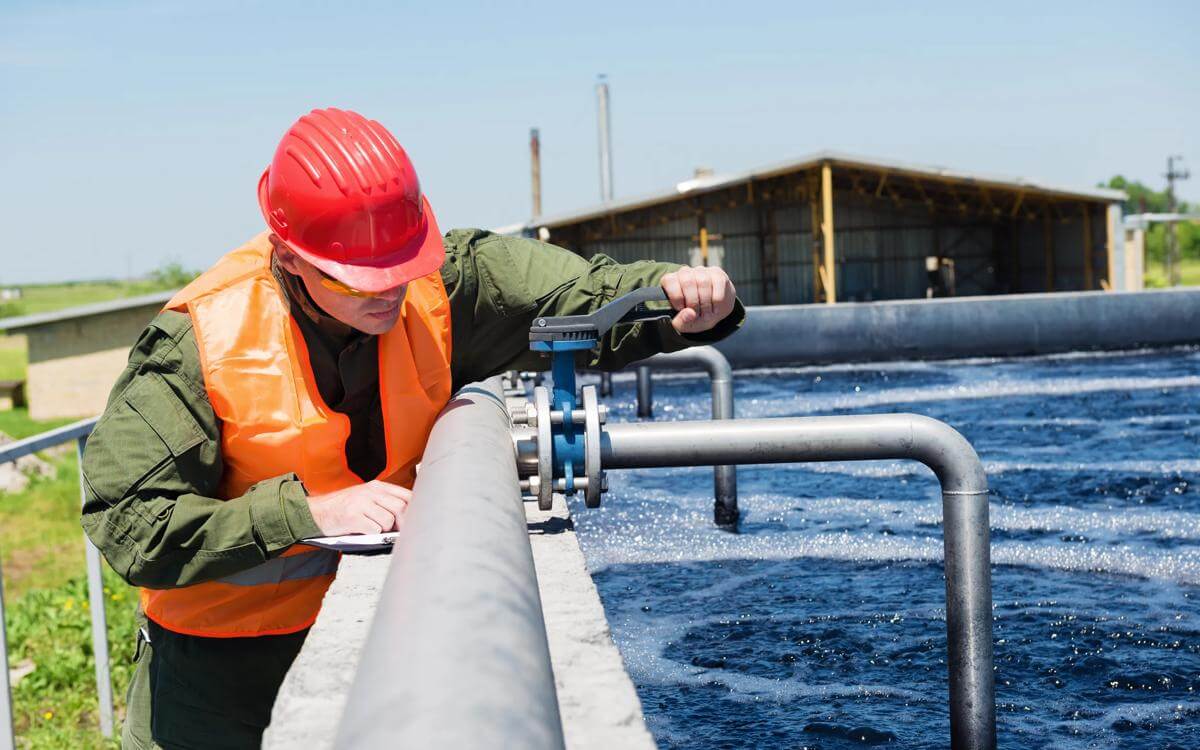Updated Greening Government Commitments 2021 – 2025 published
Updated greening government targets and reporting requirements were published on 15 December under the UK Government’s Greening Government Commitments (GGCs) framework for 2021 to 2025. The new commitments replace the previous Greening Government Commitments: overview of reporting requirements 2016 to 2020.
The GGCs set out the actions that UK Government departments and their partner organisations (including executive agencies (EAs), non-ministerial departments (NMDs), and non-departmental public bodies (NDPBs)) will take to reduce their impacts on the environment in the period 2021 to 2025.
The commitments are grouped under the following seven headings:
A. Mitigating climate change: Working towards net zero by 2050
B. Minimising waste and promoting resource efficiency
C. Reducing our water use
D. Procuring sustainable products and services
E. Nature recovery: Making space for thriving plants and wildlife
F. Adapting to climate change
G. Reducing environmental impacts from Information Communication Technology (ICT) and digital
Defra is responsible for the day-to-day coordination of the GGCs, with policy input from an Expert Officials Group comprising Defra, the Department for Business, Energy and Industrial Strategy (BEIS), Cabinet Office (CO), HM Treasury (HMT) and the Department for Transport (DfT). BEIS is responsible for coordinating the headline GHG emissions target (target A).
Measuring progress
Departments are required to report on their progress every quarter, with the results published each financial year in the GGCs Annual Report.
Commitments A, B and C take the form of headline targets with sub-targets formulated as quantified outcomes such as to reduce the emissions from domestic business flights by at least 30% from a 2017 to 2018 baseline, increase the proportion of waste which is recycled to at least 70% of overall waste and reduce water consumption by at least 8% from the 2017 to 2018 baseline.
Commitments D, E, F and G are described as headline commitments with sub-targets. The sub-targets are action rather than outcome-based for example report on the systems in place and action taken to buy sustainably, develop an organisational Climate Change Adaptation Strategy across estates and operations and report on the adoption of the Greening Government: ICT and Digital Services Strategy and associated targets.
All of the targets and commitments except for the biodiversity target apply equally to all departments, subject to any exemptions. The biodiversity target requires those departments and partner organisations with the greatest potential to improve biodiversity to develop and deliver Nature Recovery Plans for their land, estates, development, and operations. In relation to the biodiversity target those departments and partner organisations that do not have the same potential to improve biodiversity are still required to consider what they can do to support the government’s commitment to improve nature and develop and deliver Nature Recovery Plans for their organisations only where suitable.
Commitment E on biodiversity conservation is new, and at time of writing the Government has only stated that the expectation is that all departments will produce a Nature Recovery Plan. The Government has not published a list of which departments or partner organisations are considered to have the greatest, or least potential to improve biodiversity.
Comment
The updated Commitments have been published a month after the Sharm el-Sheikh Climate Change Conference (COP 27) in Egypt and just as the Montreal Biodiversity Conference (COP-15) is drawing to a close.
A key takeaway from both conferences has been the often-heated negotiations over responsibility and financing for action to tackle climate change and biodiversity loss. In both sets of negotiations, developing countries have pressed developed countries such as the UK to do more and to significantly increase their financial contributions to international action.
For many developing countries, climate change represents an existential threat caused predominantly by the historic emissions generated by developed countries. Many of these developing countries are also the most biodiverse nations on earth, and so facing a higher burden in implementing global biodiversity conservation commitments than developed countries.
Developing countries point out that people living in high income countries consume, on average, more than 13 times the quantity of materials per year than those in developing countries, as set out in a report on the UK's global footprint produced by WWF in 2021. Much of this is through importing materials and goods produced in other countries, and effectively “offshoring” environmental impacts. WWF have called for the UK to reduce its global environmental footprint by three-quarters by 2030 to help the world stay within planetary limits.
The UK Government’s GGC commitments require, for the most part, action within the UK to achieve climate change and biodiversity conservation targets. However, the procurement target (target D) presents a real opportunity to extend the Government’s greening actions along the supply chain and so address the UK’s global environmental footprint.
The target calls for government bodies to procure more sustainable and efficient products and services, specifically through embedding compliance with the Government Buying Standards (GBS) in departmental and centralised procurement contracts.
The GBS set out minimum mandatory standards in relation to a range of goods and services, such as furniture, ICT equipment and textiles. The GBS is not comprehensive (there is no GBS for legal/financial services) and most GBS date from 2012 or 2015. i.e. they pre-date the commitment made in 2019 by the UK Government and devolved administrations to achieve net zero by 2050.
Conclusion
It is understandable that there is a lag between commitments made at global level and the adoption of detailed regulations or guidance to implement those commitments at national level, but as increasingly ambitious environmental targets are adopted at global level, developing countries are demanding that developed countries like the UK put their climate and biodiversity money where their mouth, or rather global footprint, is.
It is also notable that many of the GGCs and the GBS refer to or are based on targets and legal frameworks adopted through EU laws, including the Ecodesign Regulation, Integrated Pest Management Regulation, and EU Ecolabel Regulation. At the time of writing there is a real risk that many of these could be revoked through the Retained EU Law (Revocation and Reform) Bill (currently under consideration in the House of Commons) with no guarantee that they will be replaced.
Government expects individuals and organisations to be greener; it is therefore an encouraging step that they are leading the way through making such commitments. As those who are involved in realising such commitments know so well, the hard part is to actually drive through the changes, maintain them and to strive for still further improvement in performance. We shall see whether comprehensive (and how much) progress is made, but this is an encouraging step on a long and increasingly tough journey.
Author

Mark Hickson
Head of Business Development
onlineteaminbox@brownejacobson.com
+44 (0)370 270 6000







































